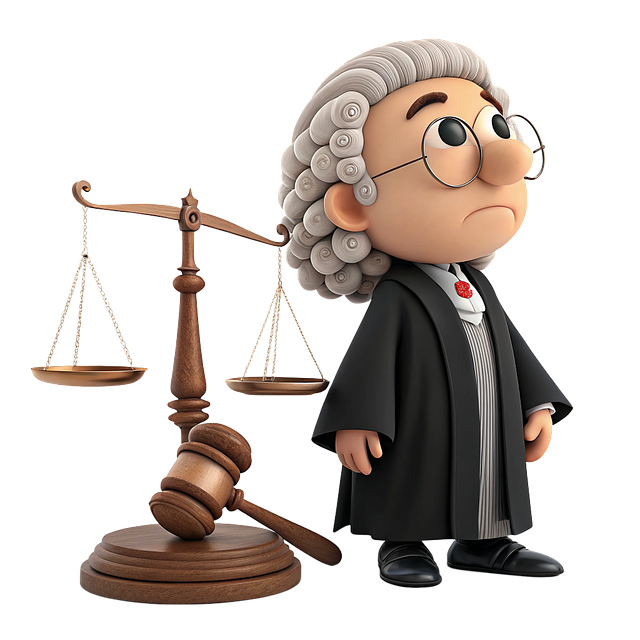Contempt of court involves obstructing justice, with civil and criminal charges for non-compliance or disruptive behavior. Navigating contempt modification requests requires understanding statutes and case law, distinguishing civil from criminal contempt, and presenting compelling evidence of non-willful disobedience or order unenforceability. Robust legal representation is key; experienced attorneys guide clients through documentation, argumentation, and gathering evidence to achieve favorable outcomes. Meticulous documentation, including financial records and court orders, strengthens cases, while proactive measures after modifications prevent future contempt issues.
In the complex landscape of legal disputes, contempt of court stands as a potent tool for maintaining judicial authority. However, individuals facing contempt charges often seek modification to alleviate harsh consequences. This article navigates the intricate world of contempt modification requests, exploring legal strategies and frameworks that can challenge these accusations. From understanding contempt’s definition and types to the role of legal representation and documenting compelling evidence, we provide a comprehensive guide for those seeking to rectify past transgressions and avoid future legal entanglements.
- Understanding Contempt of Court: Definition and Types of Offences
- Legal Framework for Modification Requests: Exploring Existing Laws
- Effective Strategies to Challenge Contempt Charges
- The Role of Legal Representation in Modifying Contempt Orders
- Documenting Evidence and Preparing a Compelling Case
- Post-Modification: Ensuring Compliance and Future Avoidance
Understanding Contempt of Court: Definition and Types of Offences

Contempt of court is a serious legal issue that occurs when an individual or entity fails to comply with a court order. It can take many forms, ranging from wilful failure to pay financial obligations as ordered by the court, to refusing to provide evidence or testimony as required. Understanding these various types of contempt is crucial for anyone navigating legal strategies related to modification requests.
The definition of contempt goes beyond simply disobeying a court’s orders; it involves intentional actions or inactions that hinder or impede the administration of justice. These offences can be classified into two main categories: civil and criminal. Civil contempt typically relates to failure to perform acts that are part of an existing court order, often involving financial matters or providing information crucial for a case. In contrast, criminal contempt involves actions that interfere with the decency or dignity of the court, such as disruptive behaviour or direct challenges to its authority.
Legal Framework for Modification Requests: Exploring Existing Laws

Contempt modification requests navigate within a complex legal framework, where existing laws and precedents guide the process and outcome. In many jurisdictions, contempt of court is defined and penalized under specific statutes, providing a foundational structure for these proceedings. These laws often detail the circumstances under which a person or entity may be held in contempt, ranging from willful failure to comply with a court order to intentional obstruction of justice.
Understanding the applicable legal framework is crucial when employing contempt legal strategies. This includes recognizing the different types of contempt, such as civil and criminal contempt, each carrying distinct penalties. Additionally, case law plays a significant role, offering insights into how courts interpret and apply the statutes, thereby shaping the potential outcomes for modification requests.
Effective Strategies to Challenge Contempt Charges

When facing contempt charges, individuals can employ various legal strategies to challenge these accusations. One effective approach is to gather and present compelling evidence that demonstrates a lack of willful disobedience or an inability to comply with the court order. This may include documentation, witness testimonies, or expert opinions showing extenuating circumstances or reasonable efforts made to fulfill the order.
Additionally, legal arguments can be constructed by questioning the clarity or enforceability of the original court order. A successful challenge often relies on meticulous legal research and a thorough understanding of the specific contempt laws and precedents relevant to the jurisdiction. Strategic negotiations with opposing parties or seeking clarifications from the court can also help resolve contempt issues without resorting to costly litigation.
The Role of Legal Representation in Modifying Contempt Orders

When navigating a contempt modification request, having robust legal representation is paramount. Experienced attorneys specializing in family law or civil litigation can play a pivotal role in crafting effective contempt legal strategies. They guide clients through the complexities of the process, ensuring all necessary documentation is in order and accurately presented to the court.
Legal representatives help their clients understand the nuances of contempt laws and regulations, enabling them to make informed decisions. They advocate for their client’s interests, presenting compelling arguments and gathering evidence to support modifications. This strategic approach can lead to more favorable outcomes, ensuring the best possible resolution for all parties involved in the contempt legal strategies process.
Documenting Evidence and Preparing a Compelling Case

When pursuing a contempt modification request, meticulous documentation is key. Gather all relevant evidence that supports your case, such as financial statements, correspondence, and any agreements or court orders that have been violated. This process involves sifting through records to identify specific instances of non-compliance, which will strengthen your argument for modification.
Preparing a compelling case requires organizing these documents in a logical sequence, detailing the history of the contempt and its current impact. Crafting a clear narrative connecting the evidence to your request is essential. Legal strategies should focus on demonstrating a change in circumstances or an inability to fulfill the original order, providing a strong justification for modification.
Post-Modification: Ensuring Compliance and Future Avoidance

After a successful modification of a contempt order, ensuring compliance with the new terms is paramount. This involves establishing clear communication channels between all parties involved to prevent any misinterpretations or non-compliance. Legal strategies such as regular check-ins, progress reports, and immediate reporting of any violations can help maintain the integrity of the modified order.
Additionally, implementing proactive measures can significantly reduce the risk of future contempt issues. This may include creating detailed action plans, providing educational resources, or offering mediation sessions to address potential conflicts before they escalate. By adopting these comprehensive approaches, individuals and organizations can demonstrate their commitment to compliance, fostering a more harmonious resolution to legal disputes related to contempt.






